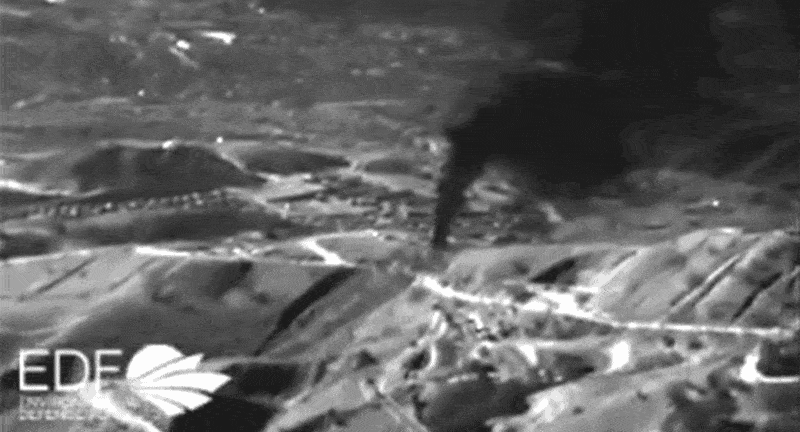In what is likely the most underrated disaster of the year, a massive natural gas leak is taking place in Aliso Canyon, California, about 25 miles north of Los Angeles. The leak has been spewing about 62 million standard cubic feet of methane per day into the atmosphere after a well was mysteriously damaged on October 23 this year.

It’s quite possibly the worst environmental disaster since BP’s Deepwater Horizon oil spill in 2010, and it won’t be contained anytime soon – at least a few more months are needed, as workers have to drill to 2600 meters (8500 feet) to intercept the base of the well and try to contain it. So far, they’ve only dug about a third of that. SoCalGas, a unit of Sempra Energy, has also tried to contain the leak at the surface, but has had no success.
It’s not only the magnitude of this disaster that’s drawing comparisons to the BP oil spill, but also slow-motion intervention. Just like the British oil company was slow to react and contain the black plume spreading through the Gulf of Mexico, so too is the Southern California gas company watching the methane spread through the atmosphere. However, it’s an “apples and oranges” comparison in terms of pollution, but as far as oranges go, this one is as big as it can get. So far, the well has spewed out the equivalent of 7 million cars. For perspective, there are around 6.2 million registered cars (pdf) in Los Angeles County. Already, more than 1000 people have been relocated due to health hazards from the plumes.
However, this highlights another regulatory problem in the US: companies are hard pressed to contain leaks in their pipelines, but underground storage areas, of which there are more than 300 nationwide, aren’t really subjected to standards, which is why it’s very difficult to deal with this type of leak.
It seems to me that most people, even local media fails to understand the gravity of the situation; you don’t see this discussed as a major environmental problem, no trials and major fines being discussed – the story is simply swept under the rug, and this adds even more concern. Hopefully, the damage will be contained soon and natural gas storage will be addressed properly in the future – or better yet, we switch to renewable types of energy.



